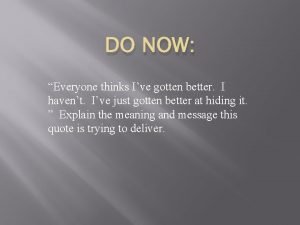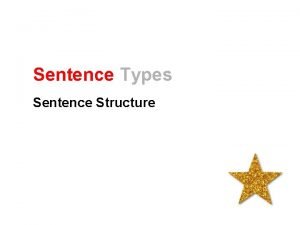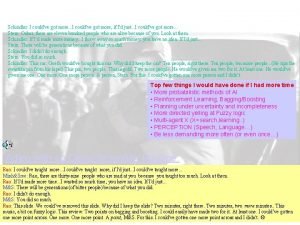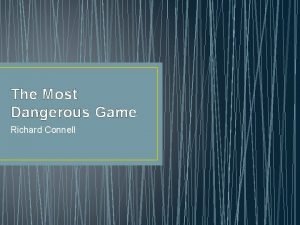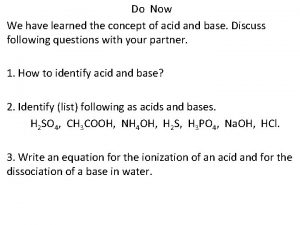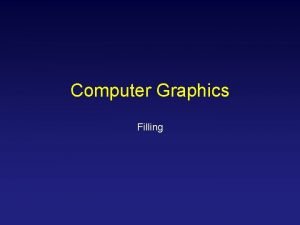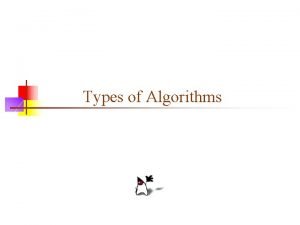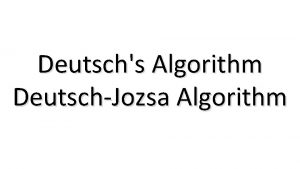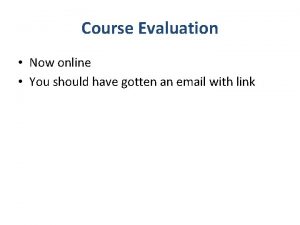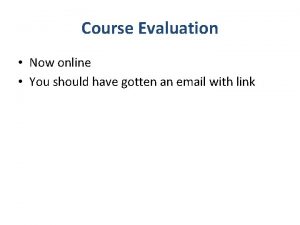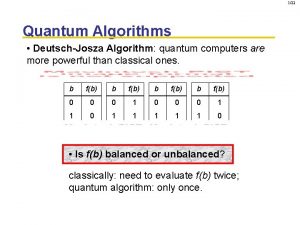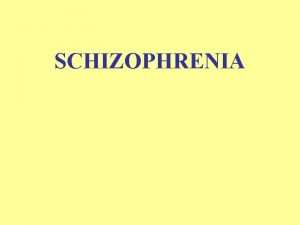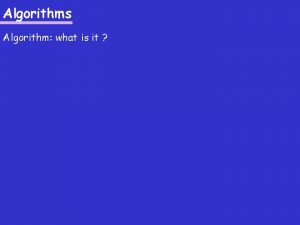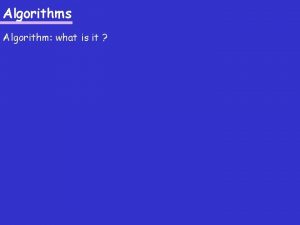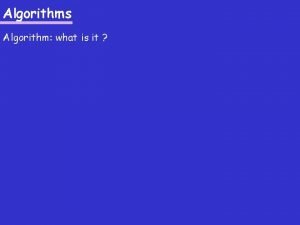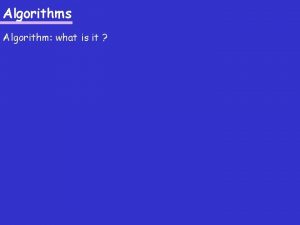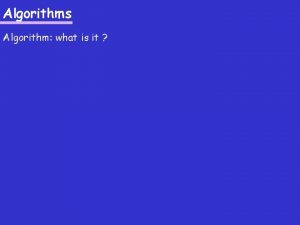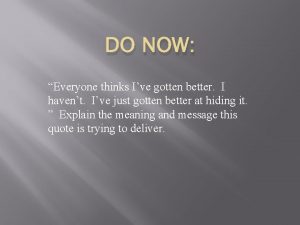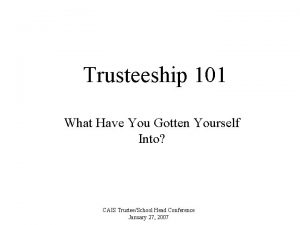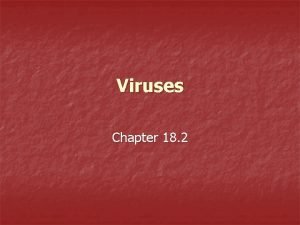Deutschs Algorithm Quantum Algorithms We have now gotten

















- Slides: 17

Deutsch’s Algorithm

Quantum Algorithms • We have now gotten to know some of the quantum gates. Quantum algorithms are composed by combining the gates. • For many problem waiting to be solved, we do not yet have a good quantum algorithm. However, for example factorization, search, and some simulation algoritms have been invented. • We will now take a look at the simplest existing quantum algorithm: Deutsch algorithm

Deutsch’s Problem The Deutsch algorithm is made to answer the following problem: Given a function f: {0, 1}→{0, 1}. The function is either: 1. f(0) = f(1) ”a constant function” or 2. f(0) ≠ f(1) ”a balanced function”. Which one is it?

Classical Solution Classically the problem can be answered by testing the unknown function twice. The U gate contains the unknown function. For example the first test the second test f(1) f(0) 0 We input value zero to the U gate. The measurement gives us zero. 0 1 We input value one to the U gate. If the measurement gives us zero, the function is constant. If the measurement gives us one, the function is balanced.

Deutsch’s Algorithm The quantum algoritm for answering the problem is this. Here we now have two qubits (marked by the subscripts). The H gates are the familiar Hadamard gates and the U gate again contains the unknown function f.

Deutsch’s Algorithm Let’s first divide the problem into pieces and then write down the state of the qubits at every step.

Deutsch’s Algorithm Remember that the Hadamard gate’s operation on a qubit is The state of the two qubits is expressed as a product of them.

Deutsch’s Algorithm Let’s open the brackets.

Deutsch’s Algorithm The operation of the U gate on the state is

Deutsch’s Algorithm We can divide the examination into two parts according to the nature of the unknown function.

Deutsch’s Algorithm By reordering the terms, we get a bit simpler equations.

Deutsch’s Algorithm Applying the H gate twice, we end up in the original state

Deutsch’s Algorithm If we now measure the uppermost qubit’s value, we get to know if the function is constant or balanced.

Other Quantum Algorithms Even if it might feel quite complicated, the Deutsch algorithm is the simplest example of quantum algorithms. Maybe the most famous (and more complicated) ones are: • Shor’s algorithm for integer factorization. It solves the following problem: given an integer N, find its prime factors. • Grover’s algorithm for inverting a function. It finds the input parameter x when it is given the solution of a function for that input y = f(x). • The both of them can be used, for example, in cracking passwords. Reference: https: //en. wikipedia. org/wiki/Quantum_algorithm

What Did We Learn? • • We can built up quantum algorithms almost as we did with classical logic circuits. Quantum algorithms become early quite complicated – but not impossible to understand. * Because it is so complicated to come up with new quantum algorithms, we do not actually have an algorithm for every problem waiting to be solved. Maybe you will be the next person to find a quantum algorithm for solving a problem! *If you struggled with the Deutsch algorithm, don’t worry. It is quite a tough nut to crack. Try to go it through slowly and with thought.

Partners

 Classical mechanics
Classical mechanics Quantum physics vs quantum mechanics
Quantum physics vs quantum mechanics I've gotten better
I've gotten better Circle the cause and underline the effect
Circle the cause and underline the effect Ever since the big blowout she and i haven't gotten along
Ever since the big blowout she and i haven't gotten along Couldve gotten
Couldve gotten Now i see it now you don't
Now i see it now you don't Prime factorization quantum algorithm
Prime factorization quantum algorithm Rectangular prism vertex
Rectangular prism vertex If past simple
If past simple Where is captain nielsen from
Where is captain nielsen from Elizabeth proctor key quotes
Elizabeth proctor key quotes Neutralization formula
Neutralization formula Diff between a* and ao*
Diff between a* and ao* Sweep line codeforces
Sweep line codeforces How many types of polygon filling?
How many types of polygon filling? Computational thinking algorithms and programming
Computational thinking algorithms and programming Types of algorithm
Types of algorithm


